JUNE NEWTON
Born 3rd June 1923 - Melbourne, Australia
Died 9th April 2021 (aged 97) Monte Carlo, Monaco
Other names June Brunell, Alice Springs
Occupation Actress, photographer, model
Spouse Helmut Newton (married 1948; death 2004)
The following is from WIKIPEDIA, the free encyclopedia
June Newton (née Browne) was an Australian model, actress and photographer. As an actress she was known professionally as June Brunel or Brunell[a] and won the Erik Award for Best Actress in 1956. From 1970 onward she worked as a photographer under the pseudonym Alice Springs. Her photographs have appeared in publications such as Vanity Fair, Interview, Elle and Vogue.
She was the wife of fashion photographer Helmut Newton.
BIOGRAPHY
MODELING AND ACTING
June Browne was born in Melbourne, Australia on 3rd June 1923 to Alice Maude Browne and Thomas Francis Browne, a vaudevillian. Her parents divorced when she was five years old.
She first met Berlin-born photographer Helmut Newton in 1947 at his studio in Melbourne. At the time, June was working as an actress under the surname Brunell (to avoid confusion with a local actress named June Brown) and had answered an ad for some modeling work at Helmut's studio. The couple were married the following year.
While still acting under the surname Brunell, she won the Erik Kuttner Award for Best Actress in 1956, an award given for excellence in theatre in Melbourne. Although she was finding success in Australia as an actress, Helmut was offered a year-long contract with British Vogue and the couple moved to London in 1957. While there, June found acting work with the BBC. Helmut did not enjoy his time there and the couple left England.
In the following years, Helmut found work with such publications as Jardin des Modes and Australian Vogue. By 1960, the couple settled in Paris, and Helmut's photographic career flourished.
PHOTOGRAPHY
June's work as a photographer began in 1970 when she stepped in for her husband who had fallen ill. Helmut was scheduled to photograph a model for an ad for Gitanes cigarettes when he came down with the flu. Unable to contact the model to cancel their appointment, Helmut gave his wife a quick lesson in photography and she photographed the model later that same day.
In a 1987 interview with June and her husband for Orange Coast magazine, June said Helmut decided that she should use a different name professionally as a photographer "because he thought one Newton in the family was enough. And if I didn't succeed" June chose the pseudonym Alice Springs from the Australian town of the same name. She selected the name by blindly stabbing a pin into a map of Australia. Alice Springs did however find success; by 1974, one of her photographs had appeared on the cover of Elle.
Over her career, Alice Springs photographs appeared in magazines such as Vogue, Elle, Marie Claire, Vanity Fair, Interview, and Stern. Working first as a fashion photographer and later as a portraitist, she photographed such famous figures as William S. Burroughs, Anthony Burgess, Catherine Deneuve, Graham Greene, Roy Lichtenstein, Robert Mapplethorpe, Christopher Reeve, Diana Vreeland, Yves Saint Laurent, Brigitte Nielsen and Nicole Kidman.
Throughout her photographic career, Newton continued to work as her husband's art-director, acting both as editor and curator of Helmut's work. She also appeared in some of her husband's photos.
HELMUT BY JUNE
The Newtons lived in Paris for 27 years and then moved to Monte Carlo, spending winters in Los Angeles for three months of the year. Their lives were documented in the 1995 telefilm Helmut by June, co-produced by the French pay-TV channel Canal+. The majority of the footage for the documentary was shot by June in the 1990s using a video camera that she had purchased for her husband as a Christmas present.
June's footage was edited to a one-hour film that was shown in France. This footage was seen by film director Brett Ratner, who decided that he wanted to bring it to a U.S. audience. He shot two additional minutes of June talking about Helmut, which he added as an introduction to the film; Ratner's version premiered on Cinemax on 30th April 2007.
HELMUT NEWTON FOUNDATION
On 23rd January 2004, Helmut Newton lost control of his vehicle as he exited the driveway of the Chateau Marmont hotel and crashed into a retaining wall across the street from the hotel; he died shortly after being taken to Cedars-Sinai Medical Center. The Helmut Newton Foundation opened in Berlin in June of that same year.
Permanently located in the Museum of Photography in Berlin, The Helmut Newton Foundation is in a building that stands next to the train station from which Helmut left Berlin to escape the Nazis in 1938. The Newtons had been planning the foundation's opening just before Helmut's death. The opening of the foundation featured June and Helmut's portraits from their joint 1999 publication Us and Them. The book features portraits that June and Helmut had taken of one another as well as photographs that they had both taken of certain celebrities.
PERSONAL LIFE AND DEATH
Newton was a Roman Catholic and recalled mistreatment in her childhood in Australia due to her Irish heritage. She died at the age of 97 in a hospital in Monte Carlo, Monaco on 9th April 2021.
The following is from THE GUARDIAN
JUNE NEWTON OBITUARY
Photographer also known as Alice Springs who excelled at intimate portraits and emboldened models on fashion shoots.
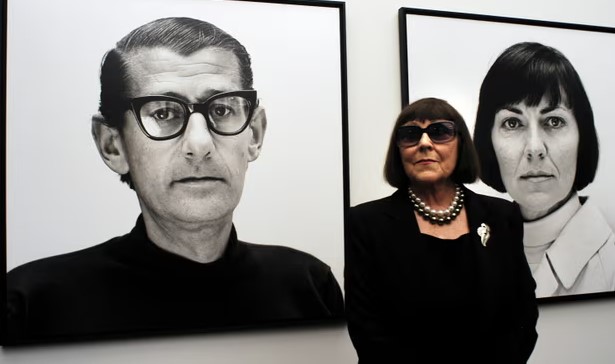
June Newton with photographs of her husband, Helmut, and herself at the opening of the Helmut Newton Foundation, Berlin, 2004.
June Newton was explicit about how she photographed some of the great portraits of the late 20th century. She was interested in people, she said, in their souls, “and I tried to steal them. And in many cases I did.” With her own face obscured by her camera, she persuaded subjects to “dwell within themselves” and open those selves to her shutter, chatting to charm them to relaxation; she waited for the moment when they would stop holding their breath, and let it out. Like a sniper, she shot on the release of tension, getting them when they exhaled. Never missed.
Newton, who has died aged 97, did not plan to be behind a lens. She had been married to the photographer Helmut Newton for more than 20 years, and was his art director and editor besides having her own acting career, when in 1970 he fell ill with flu on the day that he was due to shoot a Gitanes cigarette ad. She volunteered as his substitute to rendezvous with the model, and, after Helmut’s briefing on lens and light, “use the sun over your left shoulder”, filed some shots.
The ad agency sent the payment cheque made out to “Helmut Newton”, but her imagery was never in his style. In the ad and fashion assignments she soon picked up, beginning with Jean Louis David’s new, natural, coiffures, she showed women at home in their own identity; she emboldened Elle, Nova and Vogue models to have real fun on camera, cheeky in bare bum or wet shirt, rather than the aggressive sexuality Helmut sought.
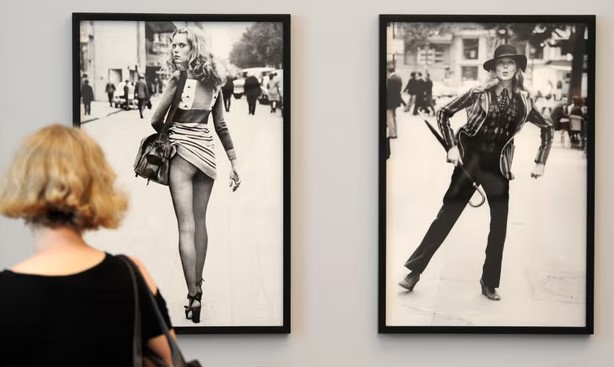
Photographs for Depeche Mode, 1971, taken by June Newton under her professional name of Alice Springs, at an exhibition in Berlin, 2010. She showed women at home in their identity, having fun on camera.
June’s work appeared with the byline Alice Springs, the town her pin hit when she stabbed at an Australian map in pursuit of a professional name, after Helmut asked her not to use her marital one. She kept the pseudonym after she moved, on his advice, to portraiture from fashion, where she had been snapping models waiting about or makeup crew more the actual frocks. The Newtons overlapped in subjects: their exhibition and book Us and Them (1998) contrasted how for decades they photographed the same beautiful people, movie and music stars, artists and collectors, and socialites.
For Helmut, they performed their “on” selves, like living Instagram filters for their current look, public personas, the way they needed to be seen. For June, whether it took 13 frames or three rolls of film, they revealed themselves as frankly as did the unselfconscious babies in her novel mother and child portraits. His are studio shots, controllably perfect. Hers are taken in the subject’s home or anywhere they felt safe.
She kept her eye constantly modern, and did not demand photogenic features. Her three-quarter-length portraits, hands crucial, of the imperious Vogue editor Diana Vreeland and fashion eccentric Anna Piaggi in old age demonstrate that style matters, endures, more than high cheekbones. And she photographed style wherever it erupted, including among young street tribes in Los Angeles, where the Newtons wintered for warmth.
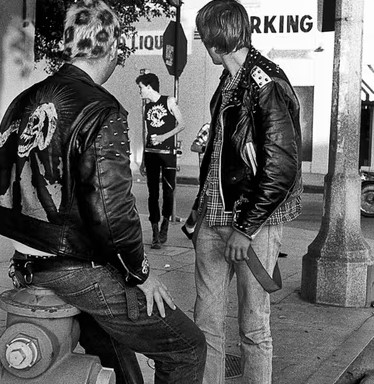
Punks on Melrose Avenue, Los Angeles, 1984. Photograph: Alice Springs/Courtesy of the Helmut Newton Foundation
The “Us” in Us and Them were the Newtons, their self-portraits capturing an intertwined marriage and artistic business partnership lasting 55 years.
June Browne, born in Melbourne, to Alice and Thomas Browne, a vaudevillian – they soon divorced – wanted throughout her eccentric farm childhood to be an actor. That is what she became, under the name June Brunell. In 1947 she responded to an ad for models for a new smart studio in the city. Its photographer was unexpectedly cosmopolitan: Helmut, freshly surnamed Newton, a young German Jew who had fled from the Nazis to Singapore, had been forwarded to Australia as an enemy alien, and settled there.
Helmut failed to seduce June, and offered her a job as a sales assistant. They married within a year; she loved his layer upon layer of complexities, always interesting if not always faithful; in one of his pictures he he is reflected in a mirror, head down into his equipment, photographing a model nude but for high heels. June sits in a director’s folding chair beside the mirror, eyes on, and sympathies with, the model. June is the strongest power in the image, and Helmut knows it (“Well, she’s an Aussie,” he said of her toughness). He was always turned on by, and reliant on, female power.
Helmut slowly built a portfolio, which June managed, in Australia, while she won a local award for theatre work and broke into serious television drama, once starring in Hedda Gabler. The Newtons left for London in 1957 after Helmut got a contract with British Vogue. June won television roles there, but when, disappointed with London, they moved on to Paris in 1961, his work succeeded while hers languished because of the language barrier. Helmut bought art materials to tempt June to creativity through painting until that day in 1970 that transformed her quickly into Alice Springs. Thereafter they supported each other’s many separate books and exhibitions, though her input into his work was far greater than his into hers.
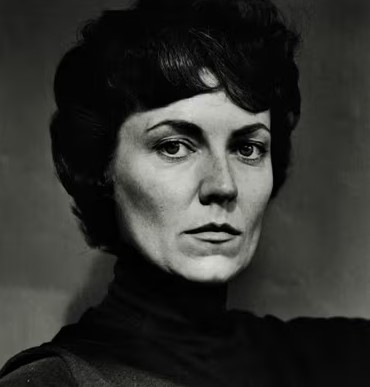
June Newton as Hedda Gabler, Melbourne, 1960. Photograph: Helmut Newton/Courtesy Helmut Newton Foundation
June never ceased being her husband’s work custodian. Video footage she shot on a camera intended as a Christmas gift for him became the 1995 documentary Helmut By June. In 2004, days after his sudden death from a heart attack after his car crashed outside Chateau Marmont, their LA home, she shot a long-booked fashion feature in lieu of him. “That’s how I got over it. Go to work,” she said.
She also took control of their joint major project, the Helmut Newton Foundation in Berlin, which opened that year just as planned. Its archives hold thousands of their original prints, and June helped present new photographers there for the rest of her life.
June Browne Newton, photographer, born 3rd June 1923; died 9th April 2021
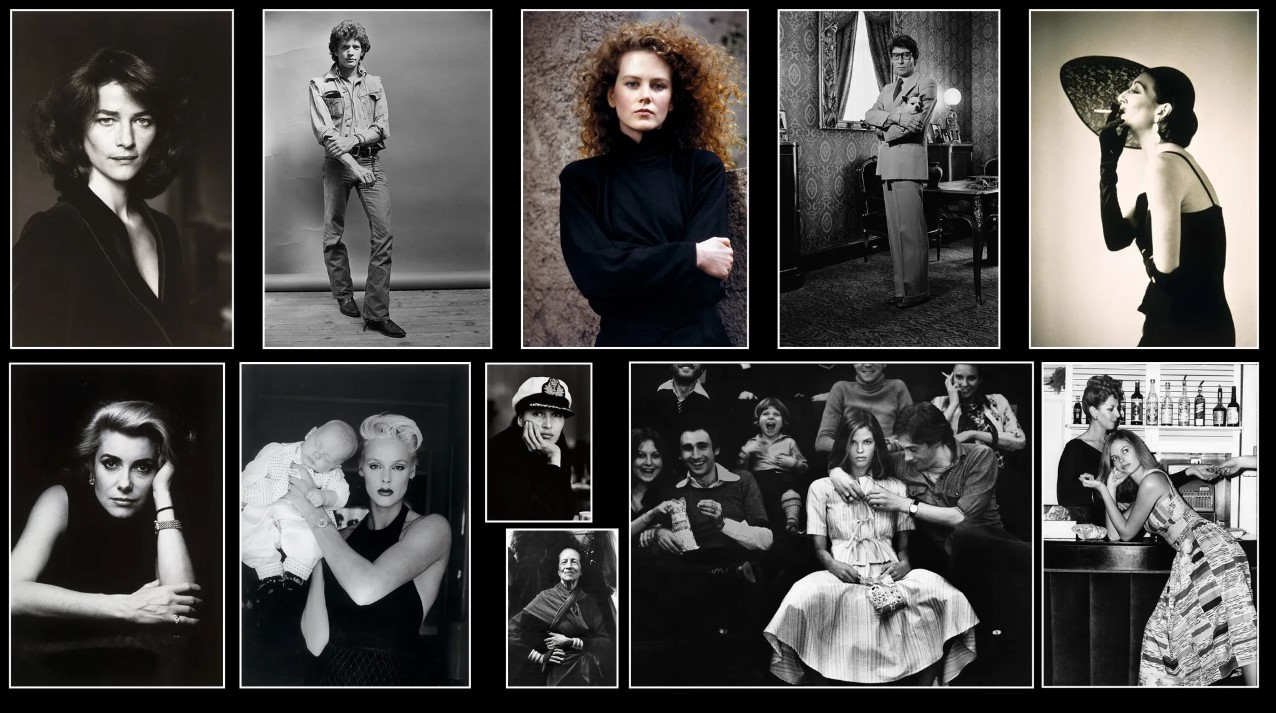
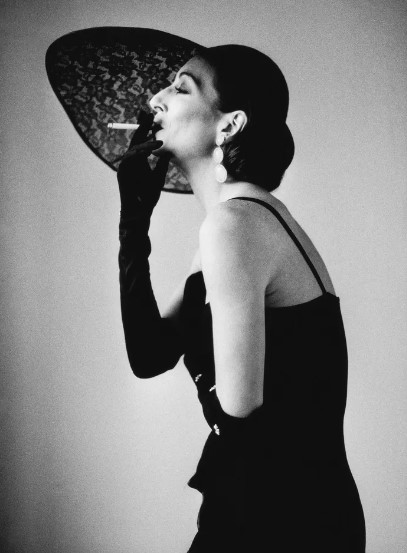
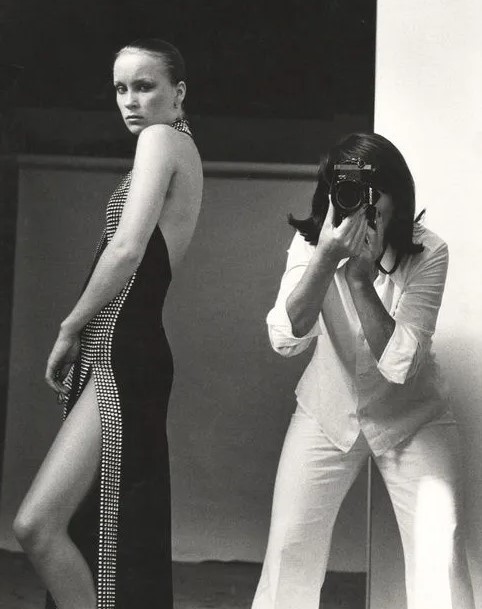
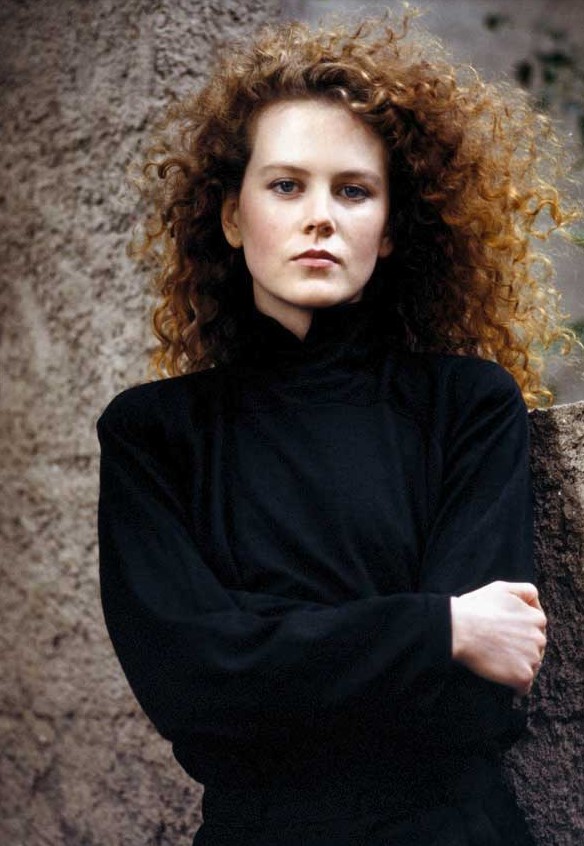
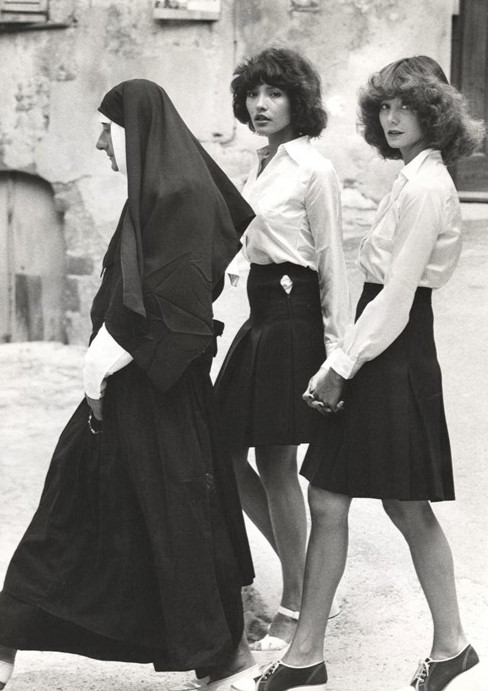
image 1: Anjelica Huston
image 2: Self-portrait with Sirpa Lane, Paris 1970s
image 3: Alice Springs, Nicole Kidman, Hollywood 1988
image 4: Helmut as a nun, Jean Louis David, Paris 1970s Photography by Alice Springs
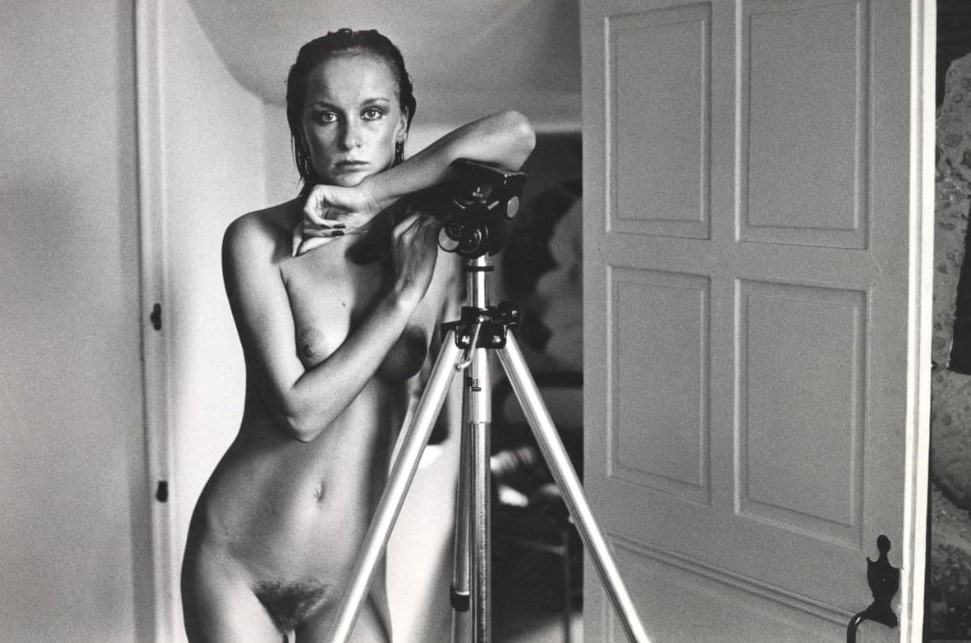
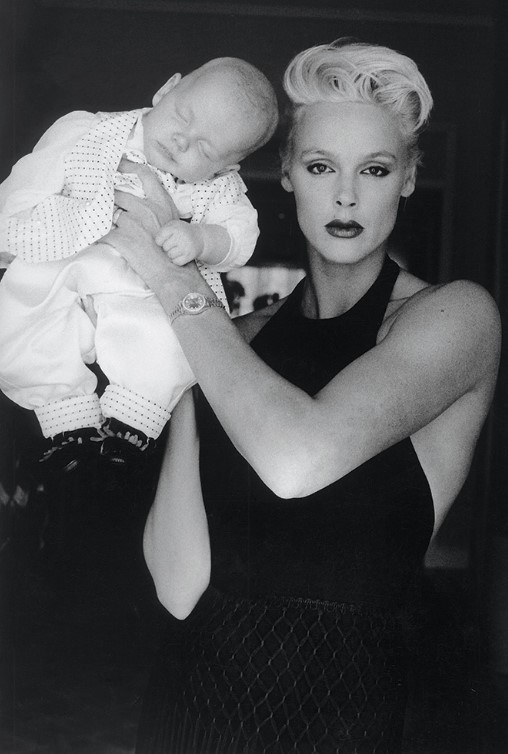
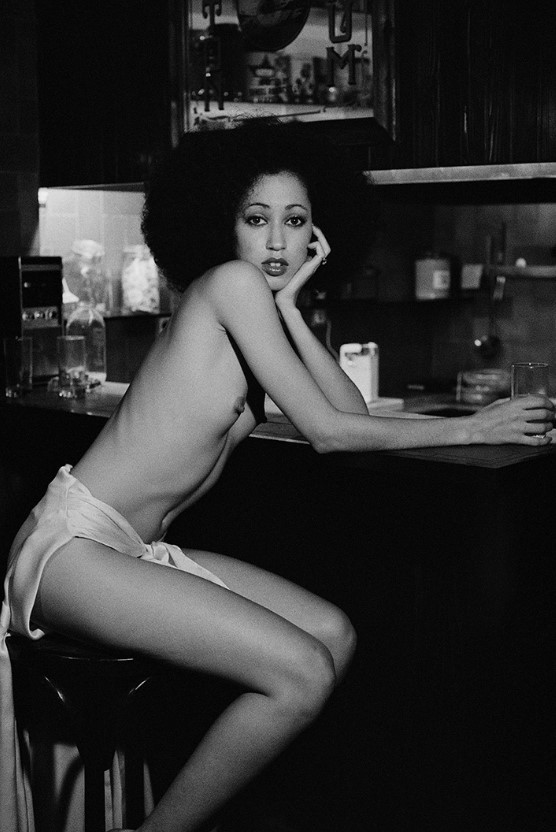
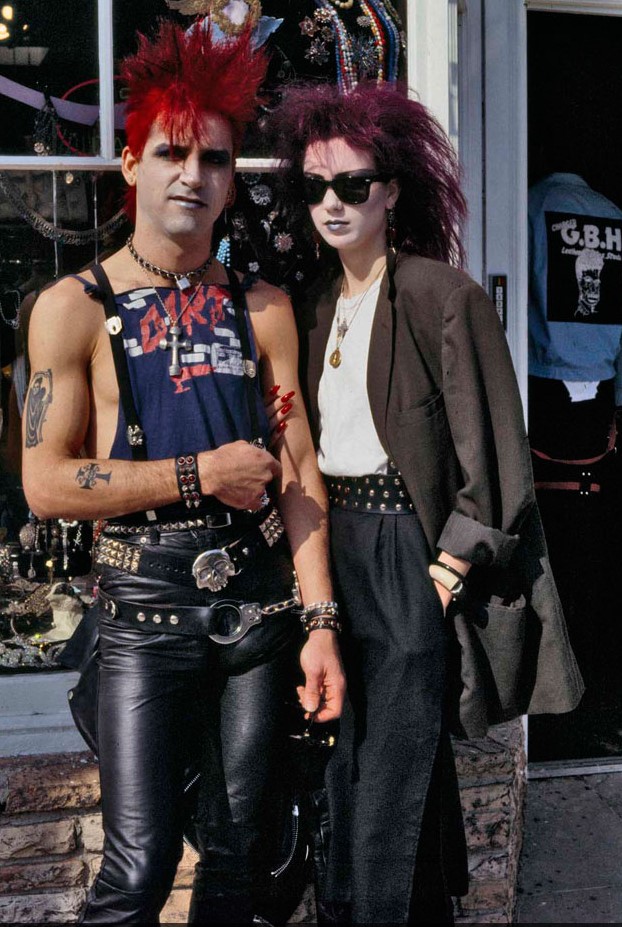
image 1: Sirpa Lane
image 2: Alice Springs, Brigitte Nielsen and son, Beverly Hills, 1987
image 3: Alice Springs, Pat Cleveland, Paris, 1970s
image 4: Melrose Avenue, Los Angeles, 1984
The following is from THE NEW YORK TIMES
JUNE NEWTON, PHOTOGRAPHER and MUSE, Dies at 97
The widow and inspiration of the provocative photographer Helmut Newton, she took pictures that were as tender as his were erotically charged.
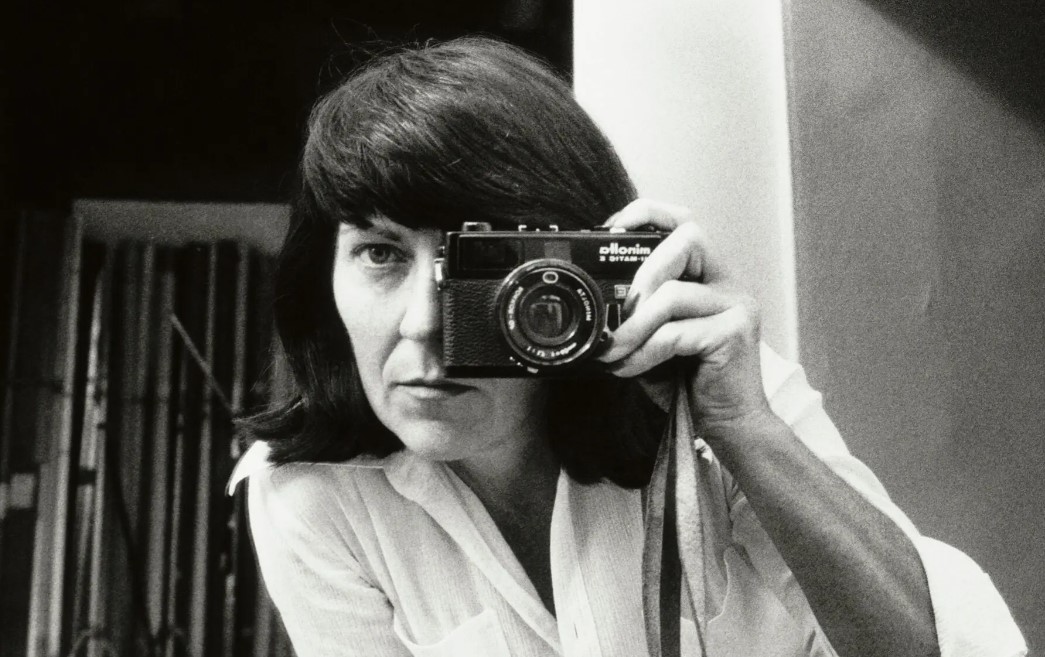
“Self-Portrait, Rue Aubriot, Paris, 1972” by June Newton, known professionally as Alice Springs. Ms. Newton was often both a model for her husband, the fashion photographer Helmut Newton, and a collaborator.
June Newton, the widow, muse and collaborator of Helmut Newton, the fashion photographer and provocateur known as “the King of Kink” for his erotically charged tableaux of Amazonian women — and, under the name Alice Springs, a photographer in her own right — died on April 9th at a hospital in Monte Carlo. She was 97.
Her agent, Tiggy Maconochie, announced the death.
While Mr. Newton’s Berlin noir images were carefully constructed mise-en-scènes depicting sex work or bondage or some other dark fantasy — like the notorious photograph of the model and creative director Jenny Capitain posed in a German pension, naked save for a neck brace and a cast — Ms. Newton’s pictures were unmediated and intimate. Charlotte Rampling’s sharp eyes stare you down in a portrait from 1982; a young and beautiful Robert Mapplethorpe, shot in 1977, looks as if he would live forever; Graham Greene is quizzical and pensive in a photo from 1988. (She later recalled that meeting her literary hero had made her a nervous wreck.) Brigitte Nielsen brandishes her son like a trophy, from a series of mothers and their babies — the subjects drawn from the Newtons’ glittering social circle of models and actors, designers and European royalty.
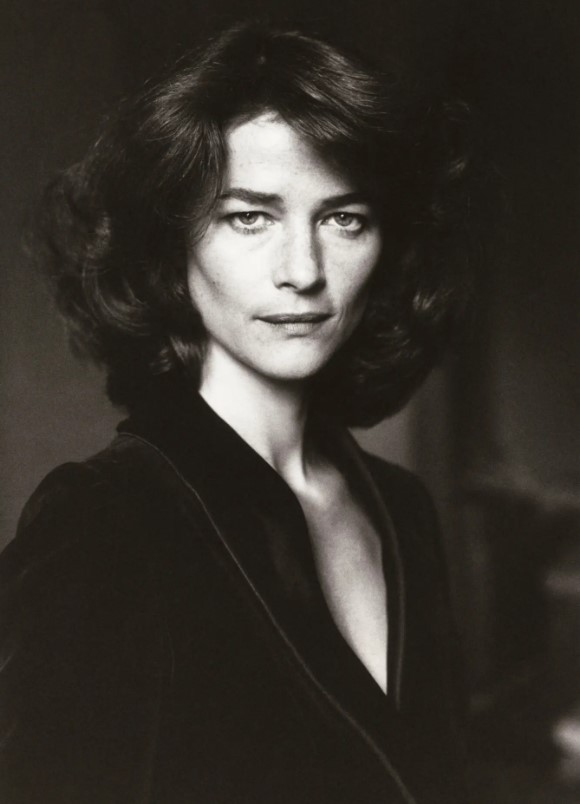
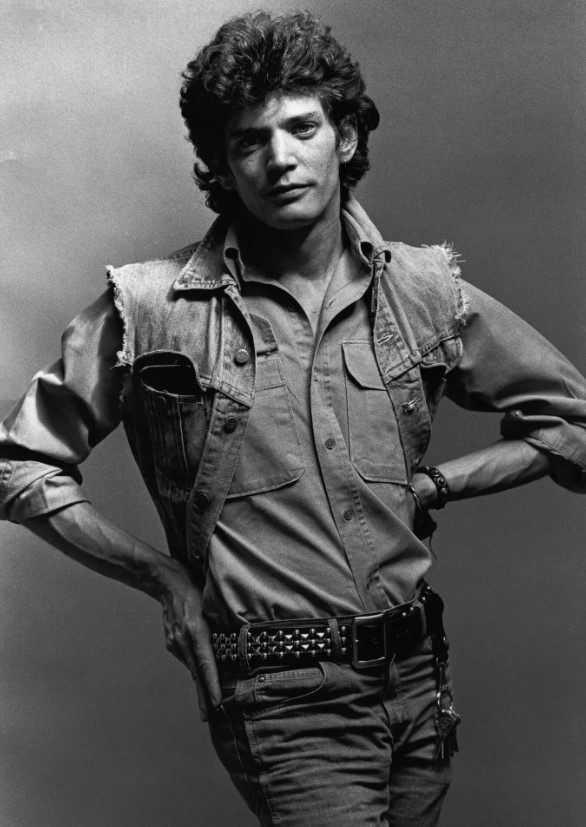
image 1: Ms. Newton’s portrait of Charlotte Rampling, taken in 1982.
image 2: Her shot of a young Robert Mapplethorpe in 1977.
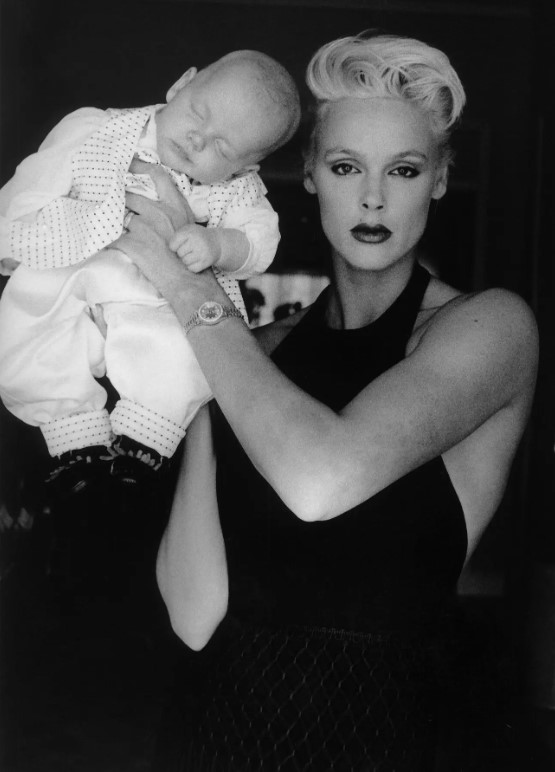
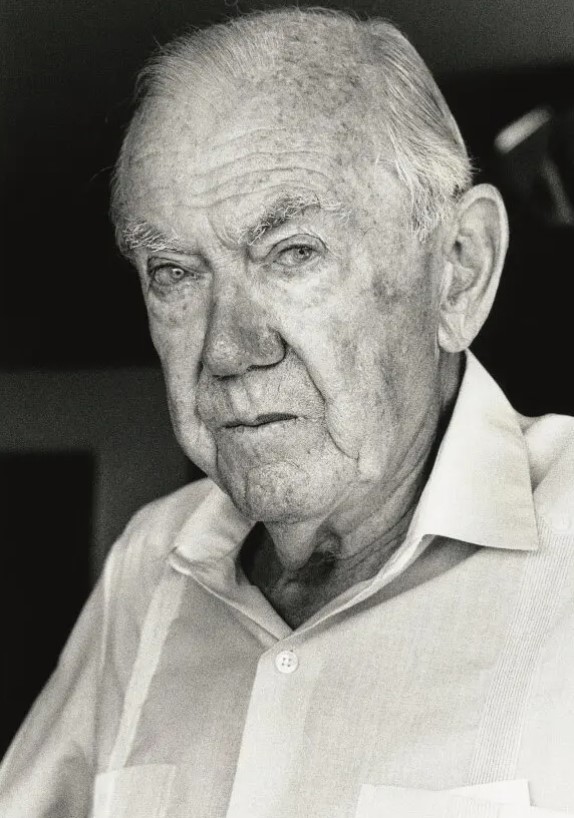
image 1: The model and actress Brigitte Nielsen with her son in 1990.
image 2: The author Graham Greene, quizzical and pensive, in a photo from 1988
“His pictures were self-portraits,” said Philippe Garner, curator and former international head of photography and 20th-century design at Christie’s, the auction house. “They told you something about him. Hers are almost X-rays; you feel she knows the subjects. That was June — she cut to the chase”.
Ms. Newton picked up a camera in 1970, when the couple were living in Paris. Her husband was commissioned to shoot a Gitanes cigarette ad but was ill with the flu, so she took his place.
She began to photograph on her own for magazines like French Elle, working under the name Alice Springs — chosen by sticking a pin on a map of Australia — because Mr. Newton did not want her working under his name. He was happy for her to take photographs as long as the territory was strictly demarcated, Mr. Garner said. She had long ago agreed that her focus would be on Mr. Newton and his work.
They seemed inextricable as a duo, a symbiotic couple known to friends as “Helmie and Junie,” comfortable and even cozy to be around, as the actress Anjelica Huston said in a phone interview. In later years they wore matching white tennis shoes.
“One would think of the images in his photos and the mind would boggle,” Ms. Huston said. “How did they come to that sort of arrangement?”.
Ms. Newton was often both her husband’s collaborator and his model. In one series of pictures from the early 1970s, she is posed as Hitler, and Jerry Hall, the towering Texan model, plays Eva Braun.
“June was Helmut’s superpower”, said Ms. Capitain, who worked for a time as Mr. Newton’s stylist. “She had all the strings in her hands”.

Mr. Newton as photographed by Ms. Newton in 1971. “June was Helmut’s superpower,” a friend said. “She had all the strings in her hands".
June Browne was born on 3rd June 1923, in Melbourne, Australia. Her parents, Alice Maude Browne and Thomas Browne, a vaudevillian, divorced when she was very young, and at her mother’s request she never saw her father again. June and her older sister, Peggy, grew up in a constructed family made up of Maude, as her mother was known; a friend of Maude’s whom June and Peggy called Aunt Allie; and a retired schoolteacher named George Henry Shugg.
The trio bought a farm outside Melbourne in a town known as Kangaroo Ground.
June’s childhood was mostly idyllic, if a bit gothic, in the way of rural life. Maude dealt with an infestation of snakes by playing a harmonica to lure them to a bowl of milk, after which Aunt Allie whacked them to death. Mr. Shugg was not a skilled farmer, so there were early mistakes (saddle sores on the horses, ailing sheep). The family was Roman Catholic — Peggy and June were beaten up regularly at school for their Irish heritage — but June was more smitten with Hollywood than religion, as she wrote in her autobiography, “Mrs. Newton” (2004).
June worked (briefly) in a radio factory and as a secretary in a garment warehouse. Three nights a week, she performed with other amateur actors in a theater company.
Helmut, born in Berlin to a well-off Jewish family, had left Germany in 1938 and ended up in Australia after a detour as a gigolo in Singapore. He served in the Australian Army for five years and opened a photography studio in Melbourne in 1946.
He was looking for models and she was looking for extra cash when they were connected by a friend. From his name, June conjured an old man with a beard, not a dashing young European. They married in 1948, though Helmut warned her that his work would always come first.
Fame eventually came to Mr. Newton. His contract with English Vogue took the couple to London in the 1950s. Frustrated by photographing women’s twin sets in the demure manner of the times, he broke his contract, and they moved to Paris.
Ms. Newton, whose stage name was June Brunell, was at the time much better known than her husband because of her work in television, radio and the theater, and moving to London cost her an acting career. By the 1970s, however, his bold, transgressive pictures had made him a sought-after name, with both Newtons devoted to his oeuvre.
“They were accomplices,” said Joan Juliet Buck, the author and former editor of French Vogue whose travel writing was often matched with his photographs. In an interview, she recalled meeting them in 1981 at their high-ceilinged Parisian apartment and noting “an exhilaration that the bid for bohemian freedom had paid off rather nicely”.
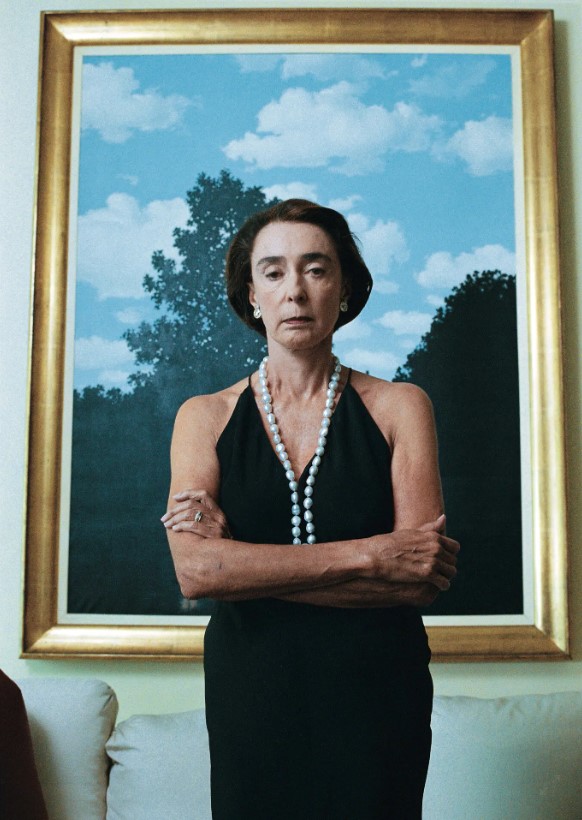
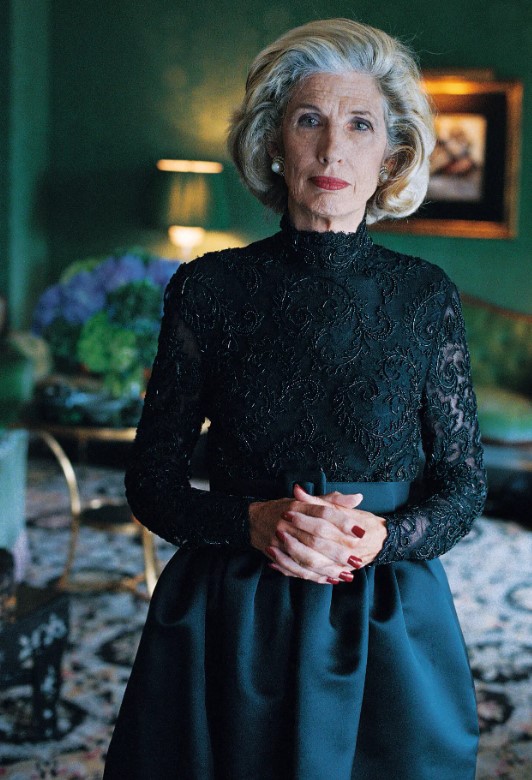
image 1: The interior designer Mica Ertegun in 1999
image 2: Nancy Kissinger, the wife of Henry Kissinger, in 1999. Ms. Newton’s portraits, an admirer said, “are almost X-rays; you feel she knows the subjects".
But later that year, the Newtons moved to Monte Carlo to avoid France’s high taxes. They spent their winters in Los Angeles, at the Chateau Marmont hotel. In the mid 1990s, when the hotelier André Balazs bought the then-seedy Chateau and reimagined it as a playground of old Hollywood and contemporary fashion, the Newtons were its anchor tenants, its “most illustrious guests”, said Philip Pavel, the longtime manager there.
In an oft-told story that Ms. Newton loved to hear, one day while she was having her daily swim in the hotel pool, the palm trees that surrounded it were being pruned, exposing a nesting rat that fell on her back. (Ms. Newton survived; the rat did not.) The new hotel staff scrambled to make amends by throwing a grand dinner in the couple’s honor.
“I was thinking Monte Carlo, with chandeliers and silver and crystal”, Mr. Pavel said, “and I put together something that looked like a wedding banquet. June took one look at the long table and walked away. André said, ‘I think there’s been a mistake. What we’re going for is proletariat chic'. So we chopped up the table and put paper cloths on it like an Italian restaurant with bowls of pasta and bottles of plonk. That was more their way”.
He added: “There was something about June that was incredibly authentic, and she demanded authenticity from other people. She could get people to sing on command. She would say, ‘It’s time to sing for your suppah!’ I saw her make Rob Lowe sing, and Joan Collins. When Helmut died, she made Anjelica Huston sing ‘Danny Boy'. She would often remind you, in her best Shakespearean actor’s voice, ‘To thine own self be true', pointing her finger at you”.
Since her husband’s death at 83 in 2004, Ms. Newton had been the keeper of his legacy as president of the Helmut Newton Foundation in Berlin, which exhibits his work and that of others. Her photographs have been shown at the National Portrait Gallery in London, the Maison Européenne de la Photographie in Paris, and the Newton foundation.
Throughout their long marriage, the couple trained their cameras on each other, too, in an ongoing and very tender visual diary that captured personal moments — Mr. Newton in a hospital bed after a heart attack; Ms. Newton dusting shelves with no clothes on. They collected these and other images in the 1999 book “Us and Them”.
No immediate family members survive.
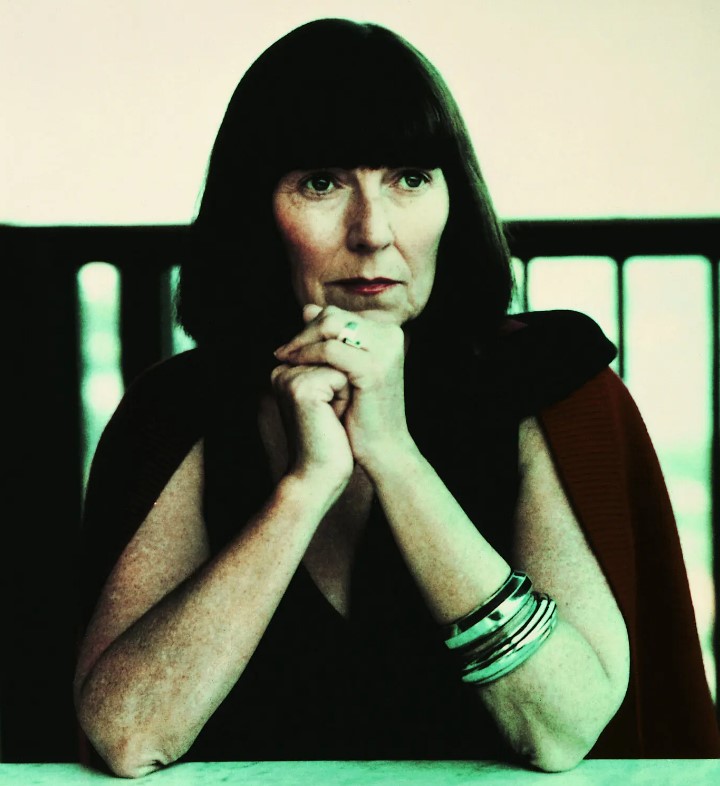
A 1982 photograph of Ms. Newton taken by her husband. Throughout their long marriage, the couple trained their cameras on each other in an ongoing and very tender visual diary
“I loved June as a photographer”, said Ms. Huston, long the subject of both Newtons. “She was precise and calm. No mess, no fuss. It was very much like being photographed by Helmut, but in a feminine way”. She added: “She was like a reporter — she had that smart, alert attitude. Always searching for something slightly under the skin”.
When Mr. Newton died, after suffering a heart attack and crashing his car in the driveway of the Chateau, friends like Ms. Buck and Ms. Huston gathered at the Cedars-Sinai Medical Center to watch over him while his wife returned to the hotel to get her camera. She wanted to take his photo before his body was removed.